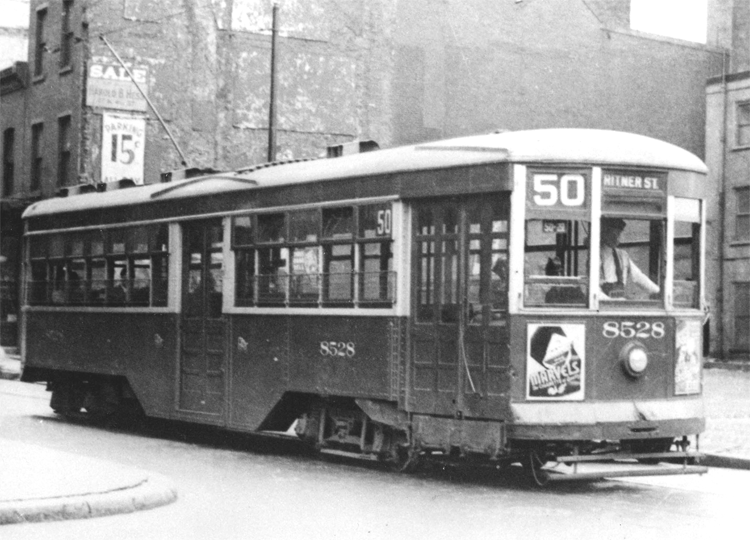For those of you unfamiliar with the term:


The basic idea behind these trucks was to put the motor and most of the weight of the car onto the larger set of wheels, thus getting maximum tractive effort, while having a second set of wheels on the truck for a smoother ride. The idea worked fairly well, and maximum traction trucks like this were in scheduled service well into the 1950s.
Working O and HO scale trucks do exist at the fine scale level. My question is: Given "steamroller" trucks such as seen in the MTH Brills and PCCs, Bachmann Peter Witts, Industrial Rail Brills et cetera, how well would a similarly constructed Maximum Traction truck operate?
Mitch



